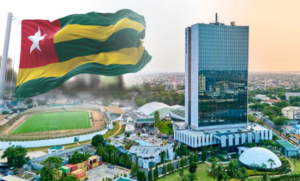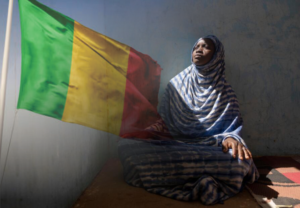RECAP: Child Sex Trade and Trafficking in Africa – the Fight Against Exploitation and the Etireno Case
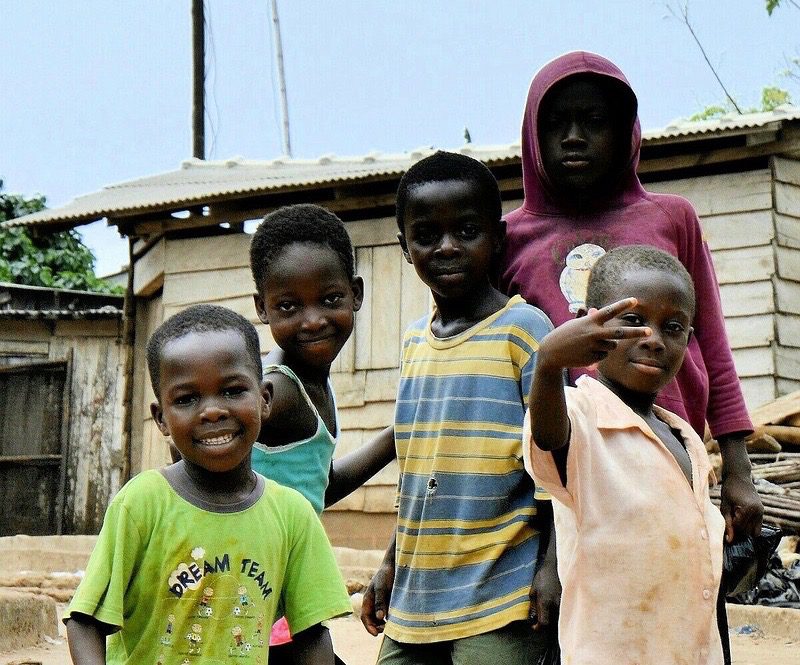
As a recap, April 2001, marked a turning point in the global spotlight on child trafficking across West and Central Africa from the port of Cotonou, Benin. The issue surged to international prominence following reports of the Etireno, a ship widely described in the media as carrying “slave children.”
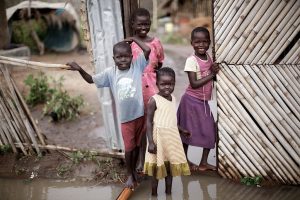
![]()
The vessel, which had departed from the port of Cotonou in Benin, was refused permission to dock at Libreville, Gabon. For several tense days, the whereabouts of the ship remained unknown, fueling speculation that it carried hundreds of trafficked children bound for forced labor and sexual exploitation.
When the Etireno finally returned to Cotonou, the narrative proved more complex. While initial reports suggested that no slaves were found onboard, investigations revealed that 43 children had indeed been trafficked. 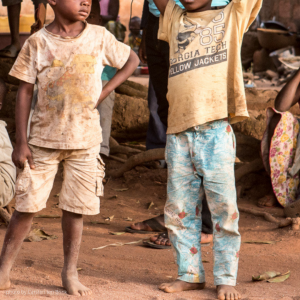
![]()
Unlike sensationalized accounts, the children were not chained or overtly enslaved. They were accompanied by adults who first claimed to be their relatives but quickly vanished after disembarking.
The children, many of whom had endured traumatic experiences, remained deeply fearful and reluctant to reveal the truth about their origins. At shelters run by organizations such as Terre des Hommes, social workers struggled to gain their trust. Silence born of intimidation underscored the hidden, coercive nature of trafficking, which is less visible than traditional slavery but no less devastating.
Experts note that girls are disproportionately targeted, often recruited under false pretenses of education or work opportunities but ending up in forced domestic labor or sexual exploitation. Poverty, lack of educational opportunities and porous regional borders create fertile ground for traffickers, who exploit vulnerable families and children.
In response, governments, international bodies and non-governmental organizations have stepped up counter-trafficking measures. These include cross-border cooperation, awareness campaigns, stricter port and border controls and rehabilitation programs for survivors.
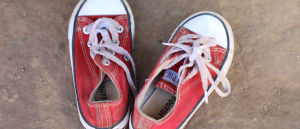

Initiatives led by NGOs, regional institutions, and international partners aim not only to rescue trafficked children but also to dismantle trafficking networks and address the root causes driving this illicit trade.
The Etireno case remains a stark reminder of how child trafficking often hides in plain sight. Its victims are often silenced by fear and its perpetrators are always bullet-shielded by deception. It also highlights the pivotal role of the media in bringing such crises to public attention, even when early reports are clouded by misinformation or sensationalism.
As West and Central Africa continue to grapple with trafficking, the lessons of 2001 underline the urgent need for sustained vigilance, stronger protections for vulnerable children and long-term strategies to break the cycle of exploitation.


